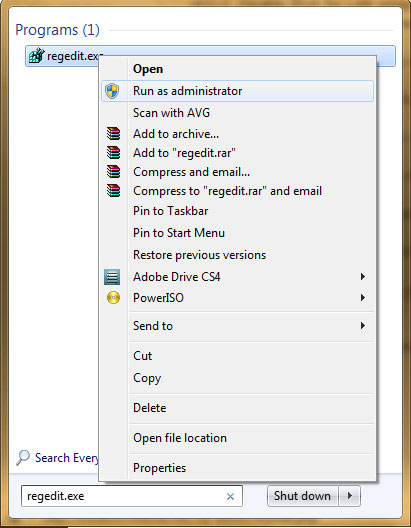HDD Regenerator – the unique program to restore the hard drive. The program eliminates physical damages (bad sectors) with the disk surface. She does not hide bad sectors, it really restores them! Almost 60% of damaged hard drives have incorrectly magnetized surface. Our researchers have worked successfully and have found a special algorithm for sequences of signals of low and high level. These signals are generated by the program and change the damaged area. Even low-level format can not cope with this task!
HDD Regenerator is a unique program for regeneration of physically damaged hard disk drives. It does not hide bad sectors, it really restores them! Hard disk drive is an integral part of every computer. It stores all your information. One of the most prevalent defects of hard drives is bad sectors on the disk surface. Bad sectors are a part of the disk surface which contains not readable, but frequently necessary information. As a result of bad sectors you may have difficulties to read and copy data from your disk, your operating system becomes unstable and finally your computer may unable to boot altogether. When a hard drive is damaged with bad sectors, the disk not only becomes unfit for use, but also you risk losing information stored on it. The HDD Regenerator can repair damaged hard disks without affecting or changing existing data. As a result, previously unreadable and inaccessible information is restored.
How it works
Almost 60% of all hard drives damaged with bad sectors have an incorrectly magnetized disk surface. We have developed an algorithm which is used to repair damaged disk surfaces. This technology is hardware independent, it supports many types of hard drives and repairs damage that even low-level disk formatting cannot repair. As a result, previously unreadable information will be restored. Because of the way the repair is made, the existing information on the disk drive will not be affected!
Can the HDD Regenerator repair your drive?
Almost 60% of damaged hard disks can be repaired by regeneration. You can always download free demo version and try to regenerate the first found bad sector. The main purpose of the unregistered demo version is to display a report which contains information about the possibility to regenerate the entire disk by means of the registered full version. If the first found bad sector has been successfully regenerated, you can buy the product to regenerate all bad sectors on your hard drive. If the first bad sector has NOT been successfully regenerated, then replace your hard disk drive as soon as possible.
Important notes
Since the program does not change the logical structure of a hard drive, the file system may still show some sectors marked earlier as \’bad\’, and other disk utilities such as Scandisk will detect logical bad sectors even though the disk has been successfully regenerated and is no longer damaged by physical bad sectors. If you want to remove these marks, repartition the hard disk drive..
Program features
• Ability to detect physical bad sectors on a hard disk drive surface.
• Ability to repair physical bad sectors (magnetic errors) on a hard disk surface.
• The product ignores file system, scans disk at physical level. It can be used with FAT, NTFS or any other file system, and also with unformatted or unpartitioned disks.
• Starting process directly under Windows XP / Vista.
• Bootable regenerating flash can be created from the program and used to automatically start regenerating process.
• Bootable regenerating CD allows starting regenerating process under DOS automatically.
HDD Regenerator regenerates bad sectors reversal. Almost 60% of hard drive beyond repair program. As a result, corrupted and unreadable information is restored without any impact on existing data.
Since the program works only on a physical level, type of operating system irrelevant. The logical structure of the hard disk is not changed and the file system can contain the sectors marked as bad, even if the hard disk has been restored and contains no injuries. To remove these marks repartition your disk, or take advantage of PowerQuest PartitionMagic (function of Bad Sectors Retest).
HDD Regenerator 2011
· Prescan mode (very useful for fast determination of bad sectors location, if a hard drive has a large number of bad sectors. Saves your time. Bad hard drives are scanned in this mode even faster than good drives!)
· Normal scan mode has faster scanning speed
· 4K sector size support
· Automatic process resume in any mode (except CD / DVD)
· Multiple hard drives better support
· Real-time hard drive state monitor (will be available soon, currently limited)
· Other enhancements (including temperature indicator, convenient range of sectors selection, bad SMART status. Indication, overheating indication, etc.)






































